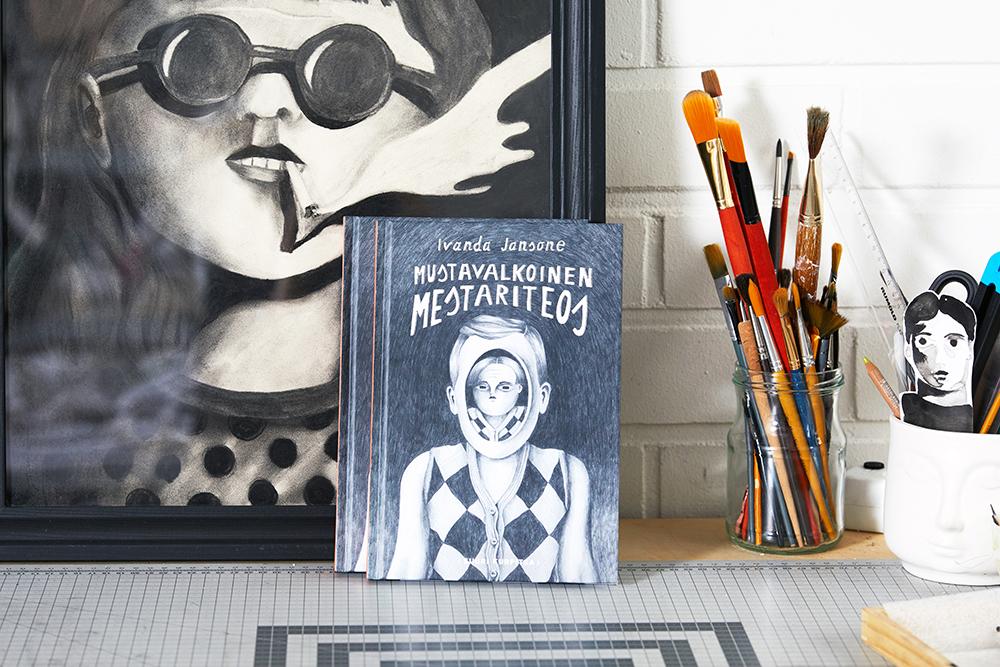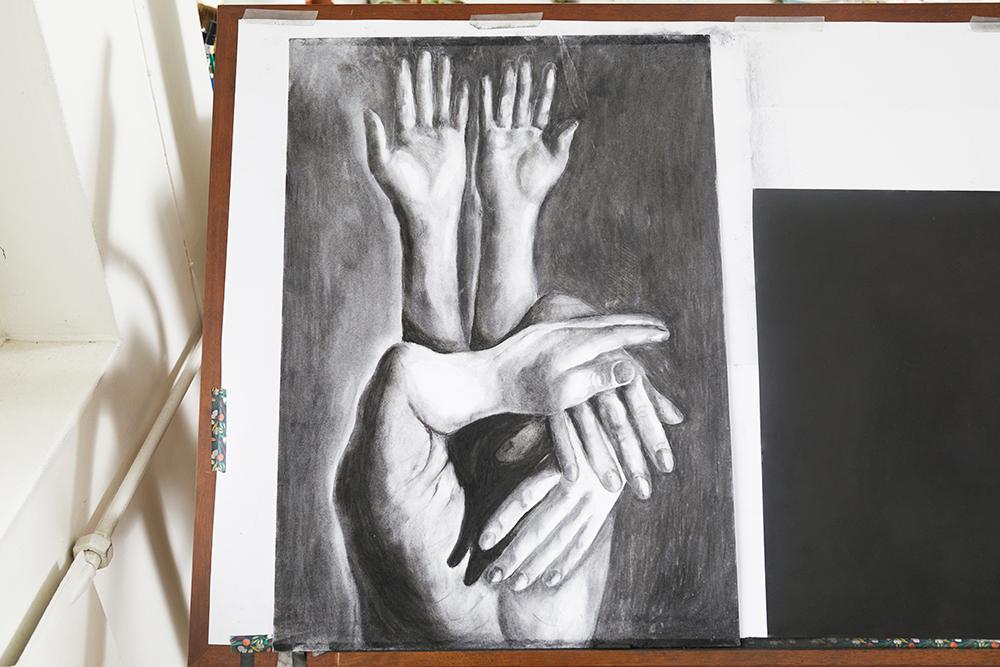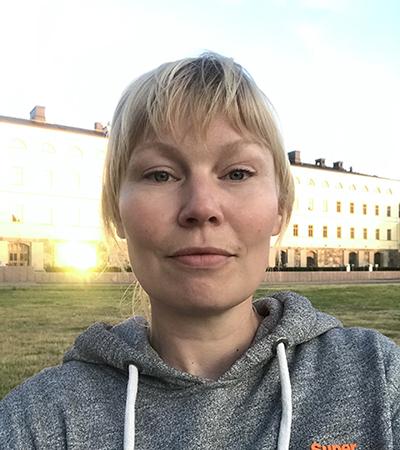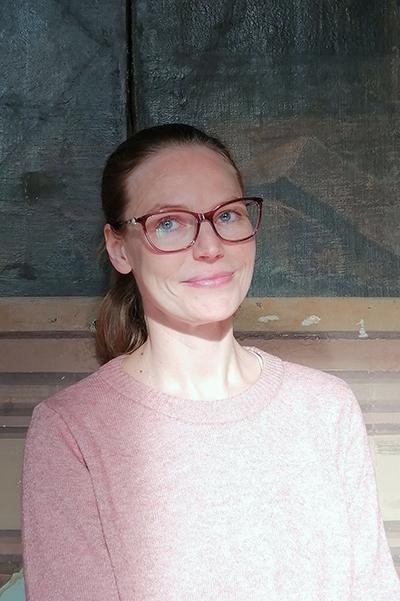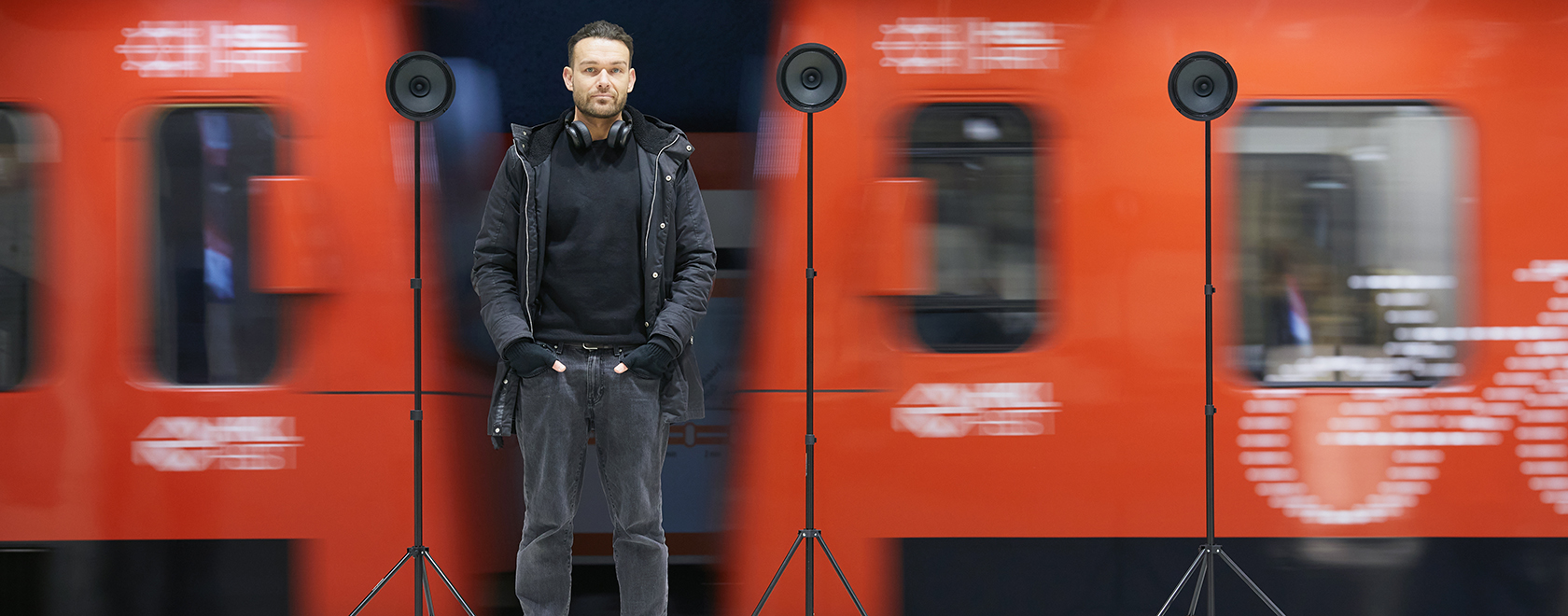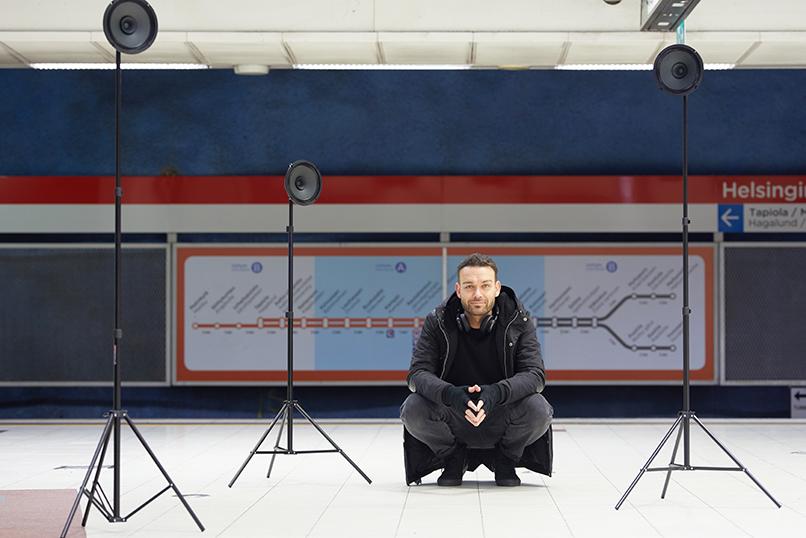Black and White Success Story
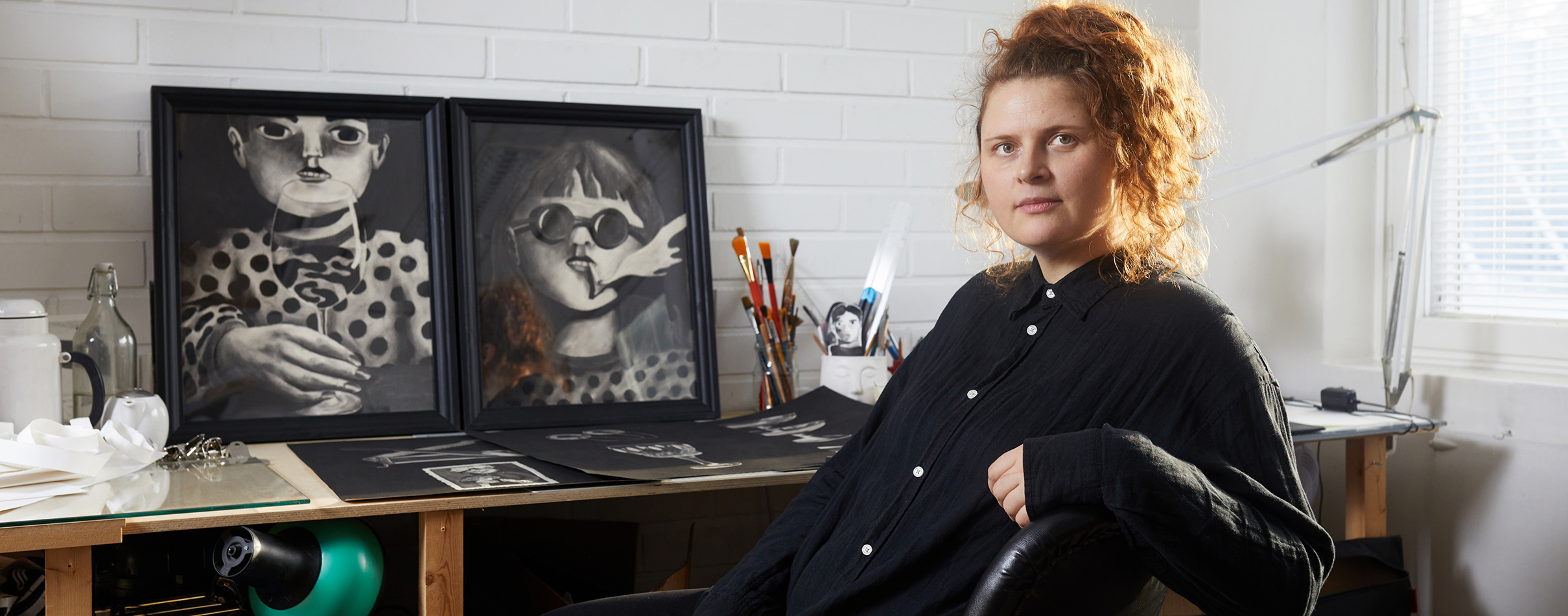
Debut author Ivanda Jansone‘s creative path has been full of incidents.
She felt a pull towards art already in her childhood, but the uncertainty associated with being an artist made her hesitate. Instead, she decided to be rational and study graphic design, and later furniture design, but the idea of making art never left her alone.
In 2018 by chance, Jansone took part in a comic course at the Aalto University’s open university, taught by the renowned artist Matti Hagelberg. The experience opened up a view to the world of comic art, and got Jansone back to drawing.
Then the pandemic struck, and Jansone was laid off from her graphic designer job.
“Getting fired crushed my ego, and everything came to a halt. I heard my own voice for the first time and understood who I am, and what I want. Comics were the only thing that interested me at that moment. I decided to focus on making art and see where the path takes me”, she says.
Captivating debut
Jansone’s debut book, Mustavalkoinen mestariteos (Black and White Masterpiece), was released last year. The book got a raving review in the main Finnish newspaper, Helsingin Sanomat, which brought it to the public’s attention and made it one of the most reserved books in the library.
It came as a complete surprise to Jansone.
“The work was very personal. It was about exploring myself, art, and new techniques. I didn’t expect or even think about getting reviews. The feedback felt nice though, and it gave me confidence in my work, and trust that I am on the right path”, she says.
The vibe in Jansone’s illustrations is surreal, a result of her playing with many levels of reality and observations. Wordless comics that rely solely on images are her favourites. She prefers leaving the story open in order to allow the reader participate in its narration.
“Working on comics requires a lot of planning, and I like planning. It is interesting to build an ambience and environment for a story out of nothing. I’m also interested in time. If a single image, painting, or a photograph captures a moment, in comics the moment is continuous”, Jansone says.
Residency brought back memories
Jansone, who moved from Latvia to Finland in 2008, has started working on her next comic book, which explores memories and secrets stemming from her childhood in the former Soviet Union.
Old Soviet-era objects, such as a vinyl player, animal masks made of paper mache, an orange jug, an old alarm clock, and a little Cheburashka toy, become images and stories in Jansone’s hands.
Last autumn, Jansone spent two months working at the NART residency in Narva, supported by the Finnish Cultural Foundation. The Estonian city is located a stone’s throw away from the Russian border, and it’s stagnant atmosphere suited the theme of her on-going project.
While in the residency, Jansone was expecting her first child, which helped bring back even more memories of her own childhood.
“The time I spent in Narva was very emotional. I turned inward because I felt the need to spend a lot of time by myself. It was wonderful to delve deep into the past and relive the memories of my childhood. Being in the old, quiet residency building in the evenings when all the doors were shut made me feel like I was in a movie set”, Jansone says.
New forms of comics
Jansone is currently on parental leave but new ideas for art and comics are already brewing in her mind. In the near future, Jansone plans to complete the book she started at the NART residency, and graduate from the Uniarts Helsinki’s Academy of Fine Arts with a master’s degree.
Printmaking, and especially gravure printing, is the next natural step for Jansone, who wants to bring her comics to a larger scale, and take them to new environments, such as gallery walls.
“There are many talented comic artists in Finland, and I wonder why comics remain at the subculture level, it can hard to even find them in bookstores. Also, comics can be more than books. I would like the interest in comics to start from a gallery”, she says.
Comic artist Ivanda Jansone received a residency grant in 2023. She worked for two months at NART Residency in Narva in the autumn of 2023.
